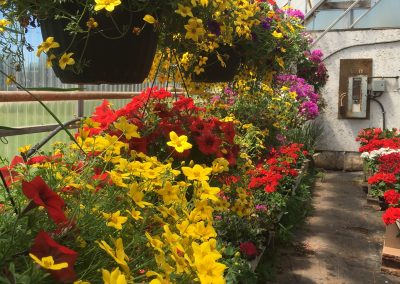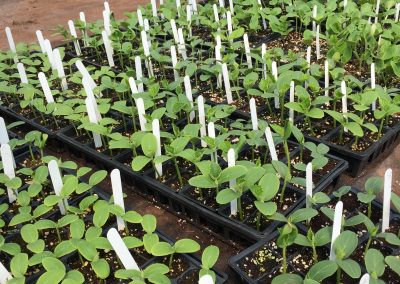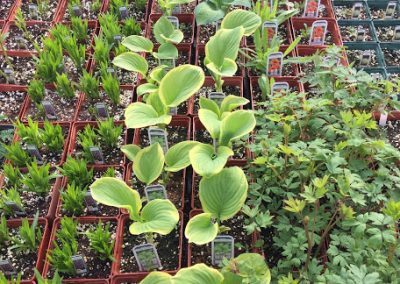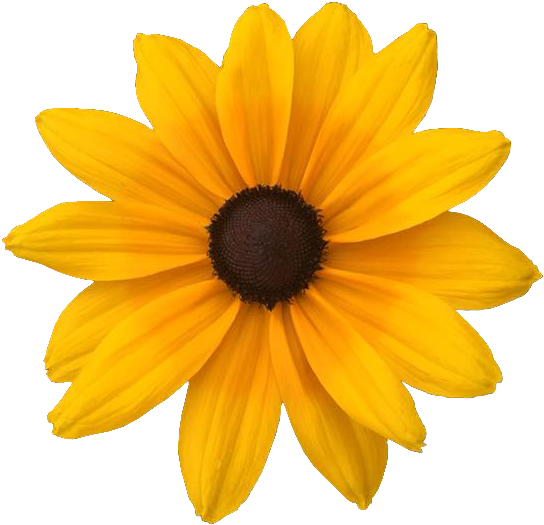Creating a garden for birds can bring great personal enjoyment while at the same time helping native species that are in decline. A bird garden can feed, water and provide habitats throughout the year.
Either with a large or small garden, you can attract birds year round. By planting a mix of annuals and perennials, deciduous and coniferous shrubs and trees, you will help make a wonderful playground and living space for native species, breeding pairs and winter visitors.
First you want to figure out the space you are going to use and its key elements such as soil, moisture content and light conditions. This will help you decide which plants to include and where to plant them.
You want to maximize your native plant diversity which will increase the insect diversity as well, attracting more birds. This also provides different levels of habitats as some species forage in the tree canopy, others sing from the tops of shrubs, some nest in grass thickets and some take cover in dense vegetation. A simple water feature is a great way to provide drinking water or a bathing location. It is very important that this can be kept clean either by hand or by a filtration system.

One of the classic birds that people love to watch is the Ruby-throated Hummingbird. These birds are attracted to red and orange shades and like to be able to perch to rest. There are many perennials they love the nectar from such as Bee Balms (Monarda), Scarlet Trumpet Honeysuckle (Lonicera sempervirens), Daylilies (Lilium),Common Milkweed (Asclepias syriaca), Blur Vervain (Verbena hastata) and the Cardinal Flower (Lobelia cardinalis). The Pagoda Dogwood (Cornus alternifolia) and Crabapples trees (Malus) are great for resting and Hummingbirds like to nest in dense shrubs such as Spireas and on the limbs of deciduous tree like Maples (Acer).
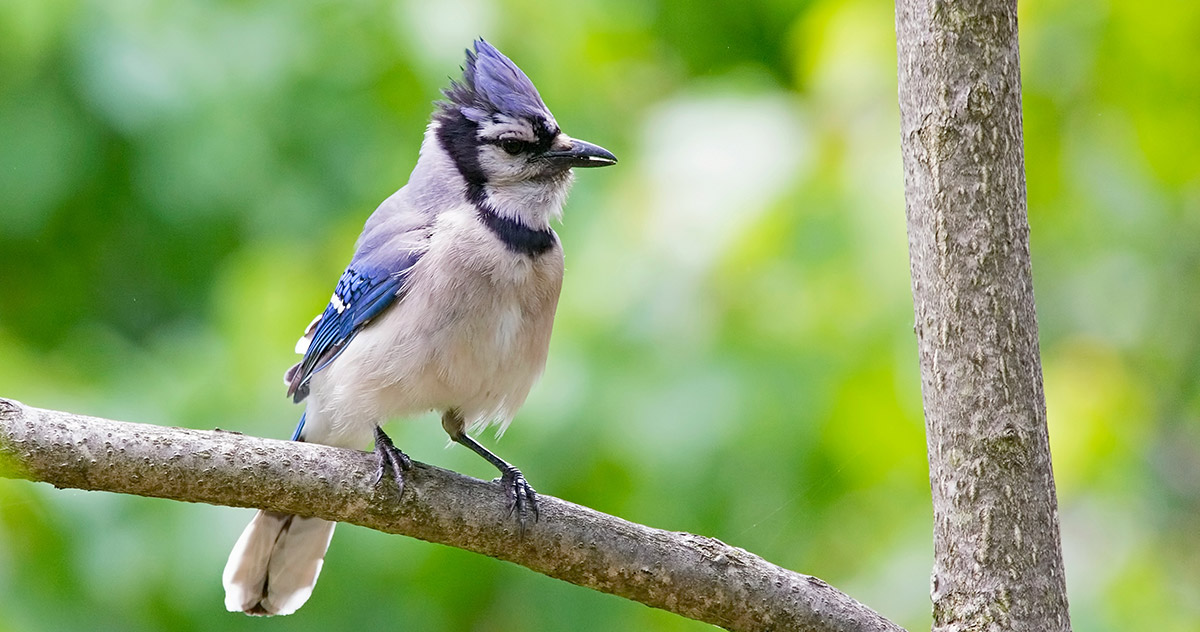
Warblers, Juncos, Thrushes and Blue Jays eat a variety of insects and fruits so planting American Highbush Cranberry (Viburnum opulus) for height, Partridge Berry (Mitchella repens) for groundcover and the Japanese Yew (Taxus cuspidata) for winter colour and a place to hide will make sure all your bases are covered with these species.
The Evening Grosbeak is a beautiful bird that eats a variety of seeds, fruits and flower buds. The plants mentioned above will feed them as well as all deciduous tree buds and seeds like Maple (Acer), European Mountain Ash (Sorbus aucuparia) and Thornless Honeylocust (Gleditsia triacanthos f.inermis).

Chickadees, Mourning Doves and Sparrows will eat seeds from many weeds and garden plants such as Brown Eyed Susans (Rudbeckia), Yarrow (Achillea millefolium), all grasses and sedges like Broad Leaved Sedge (Carex platyphylla) and Blue-eyed Grass (Sysrinchium montanum). Shrubs they will munch on include Cinquefoil (Potentilla fructicosa) and all Spireas. Even the elusive Ruffled Grouse can be coaxed out of hiding if you can provide some good cover for them while they eat a variety of seeds, berries and tree buds.
There are many birds in Prince Edward Island just waiting in the wings for your viewing pleasure. All you have to do is provide the right environment full of diversity and safety, so just keep Tigger on the inside of the window and he can enjoy the view as well!
Happy gardening and birding!


